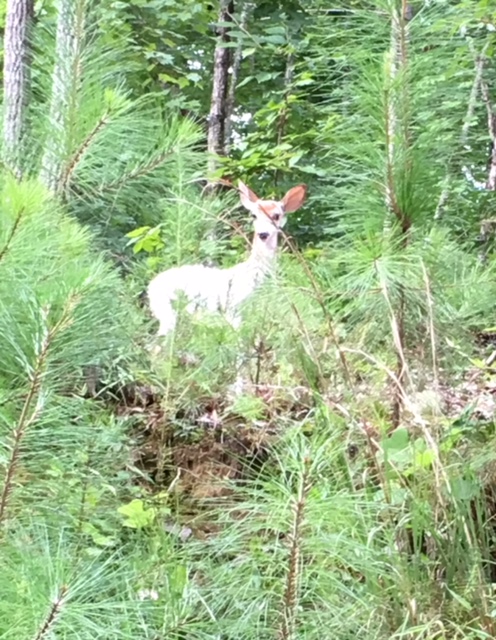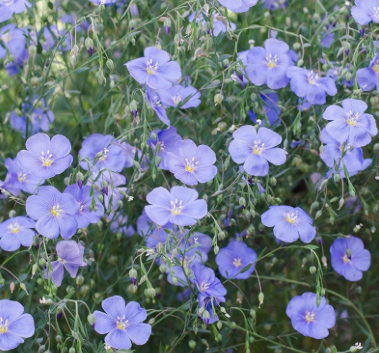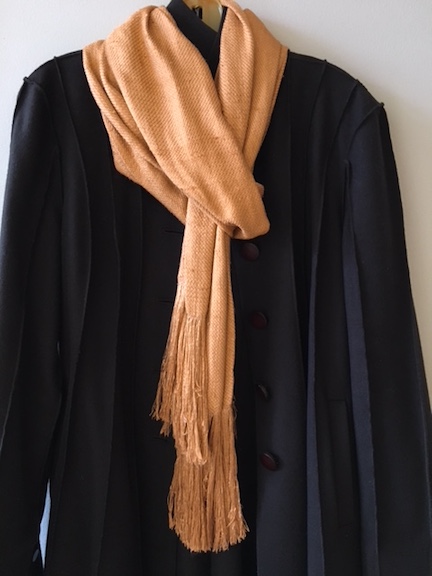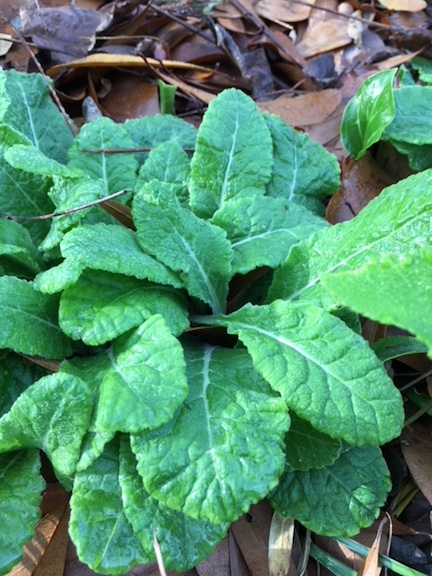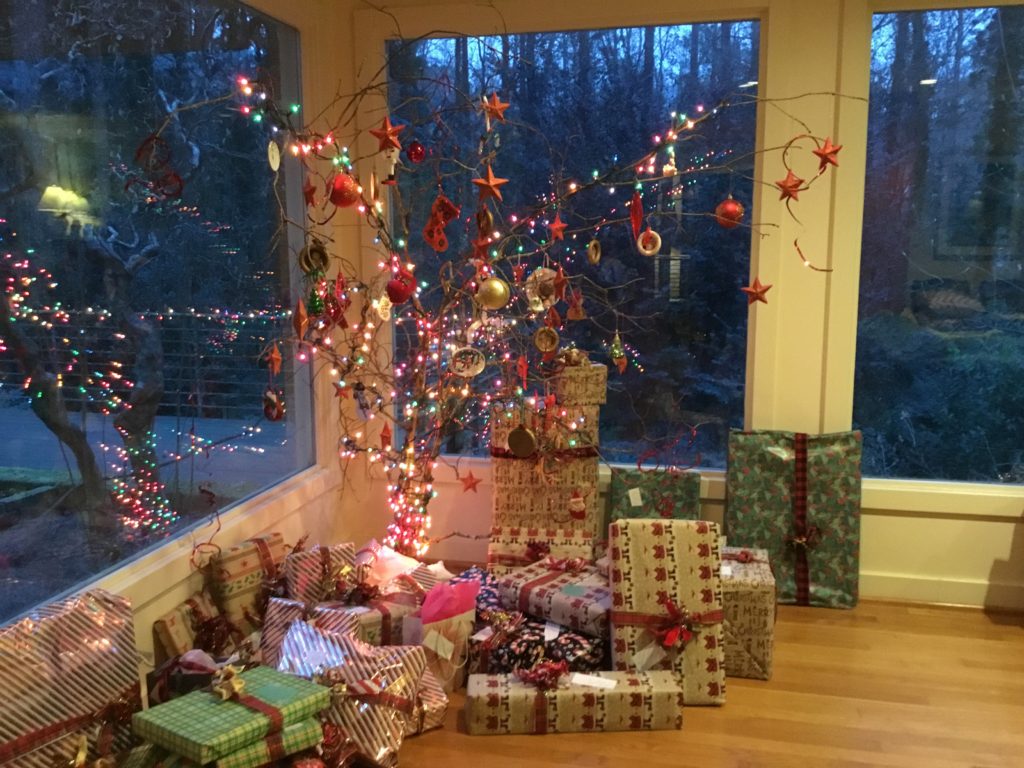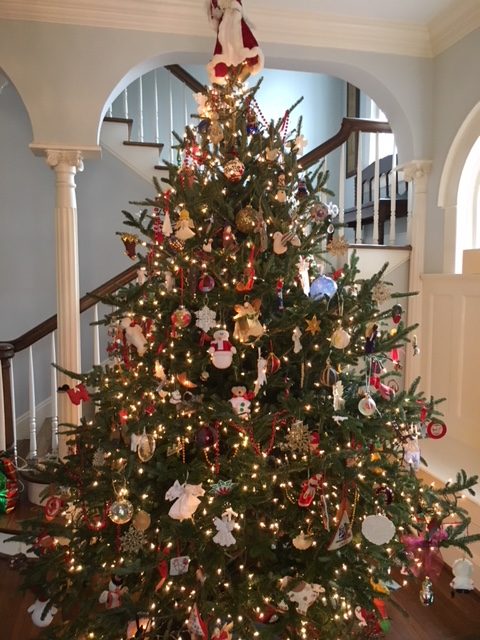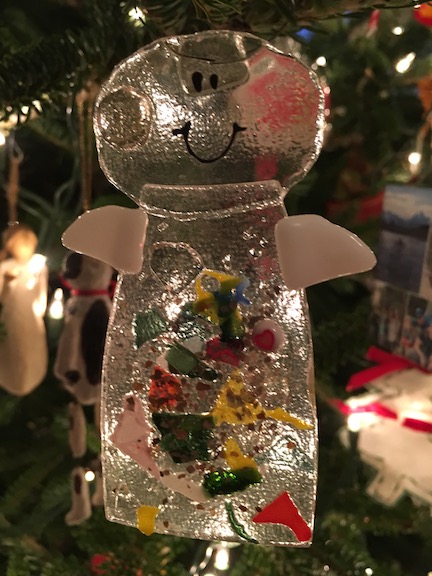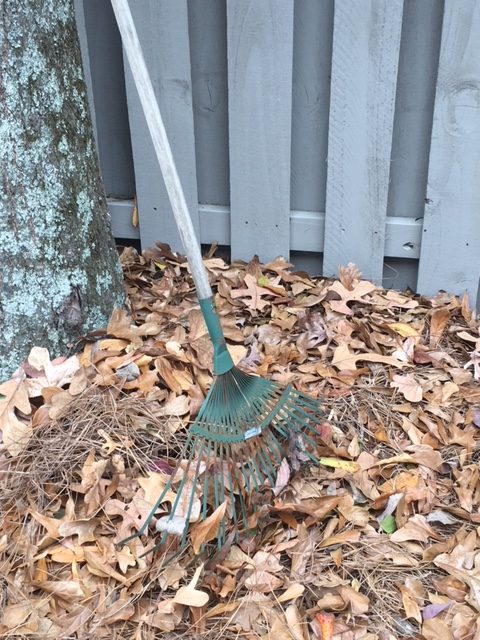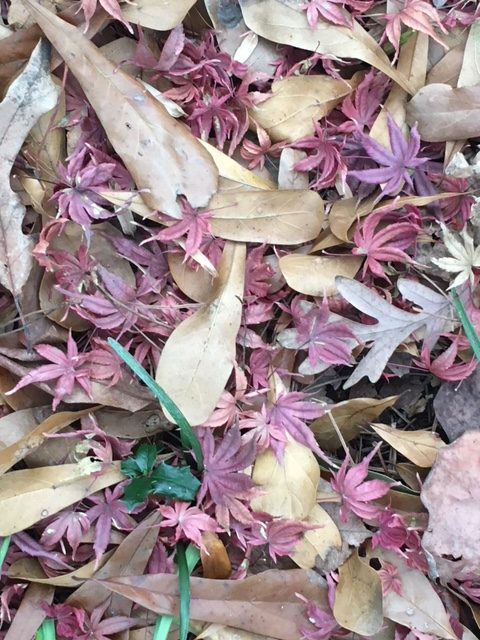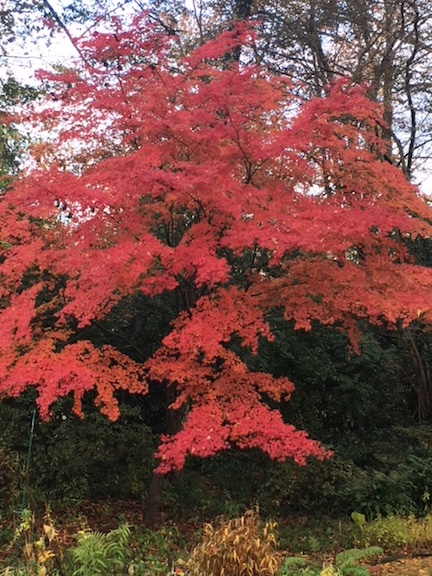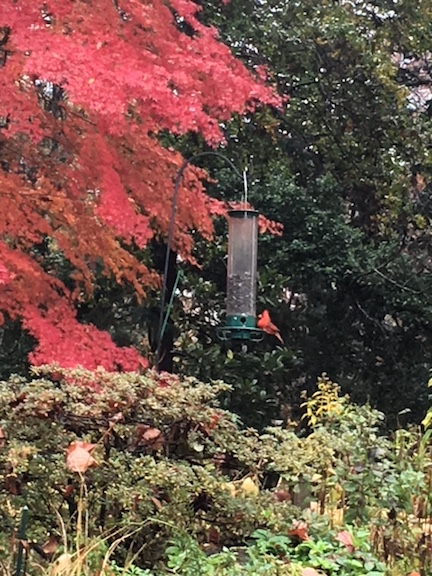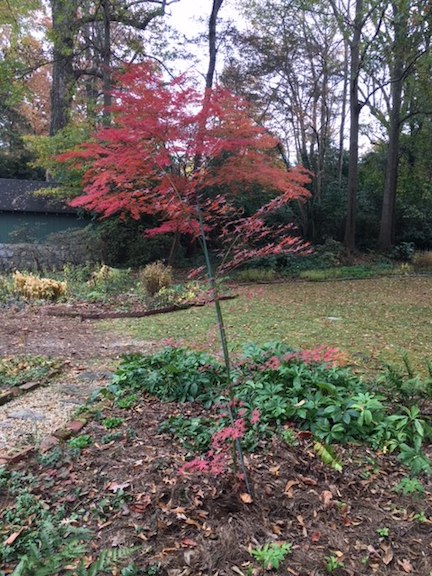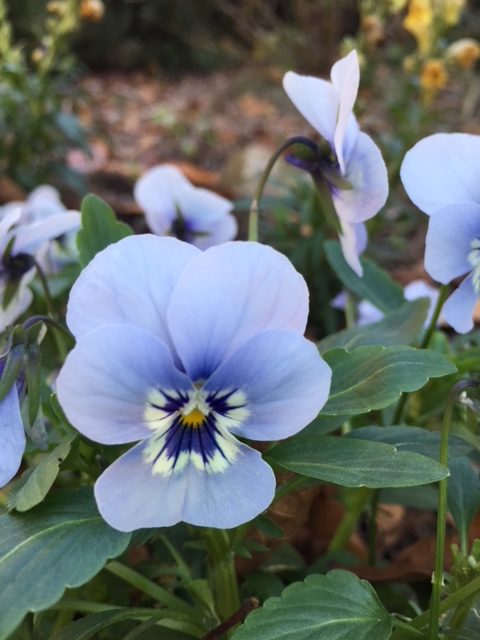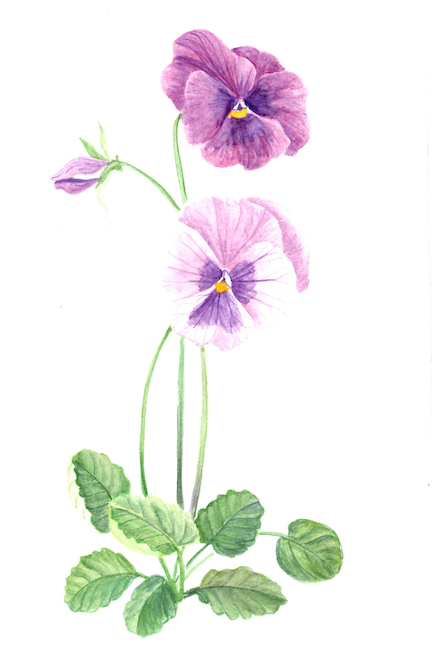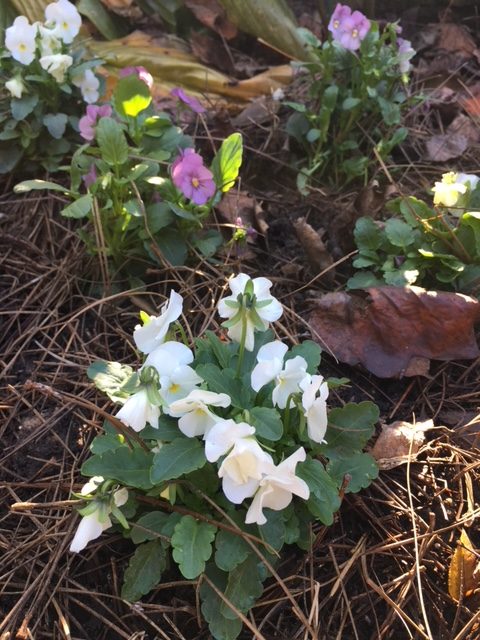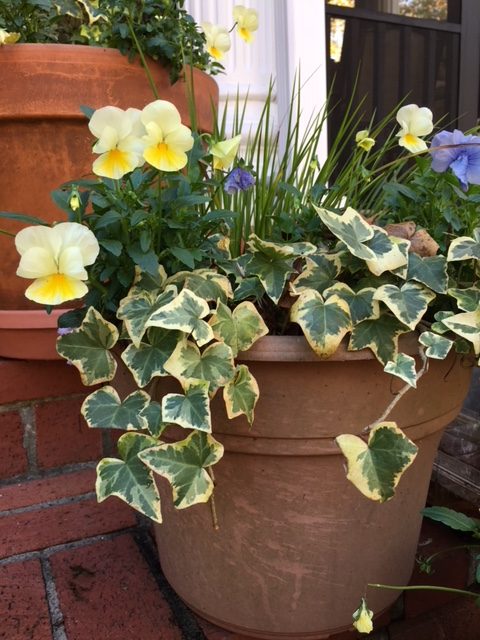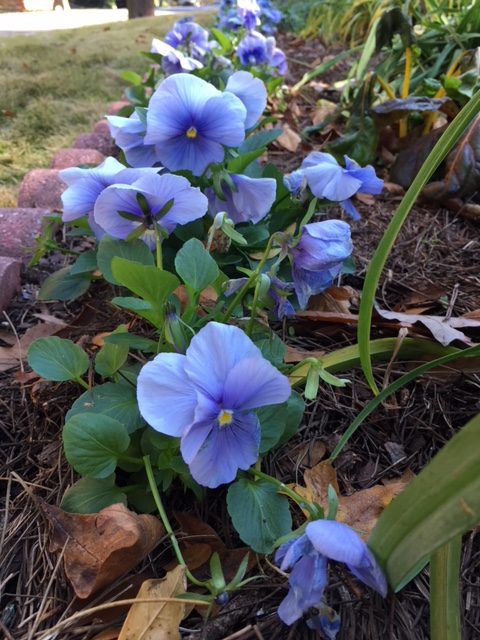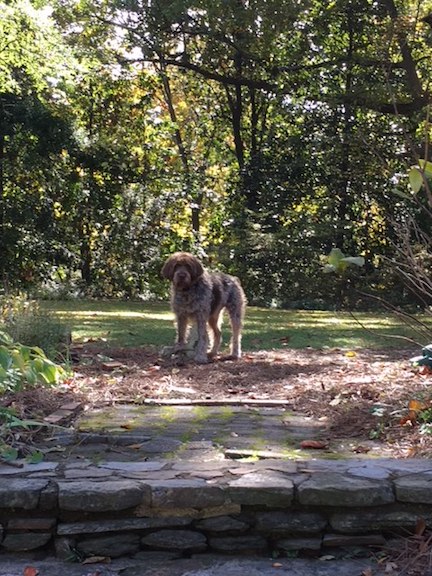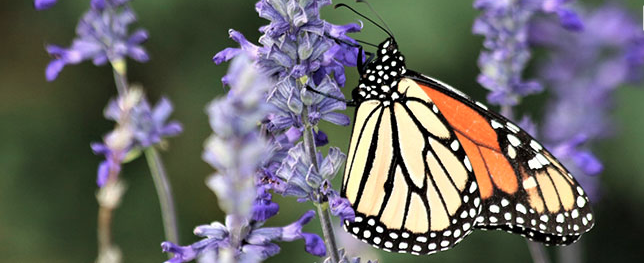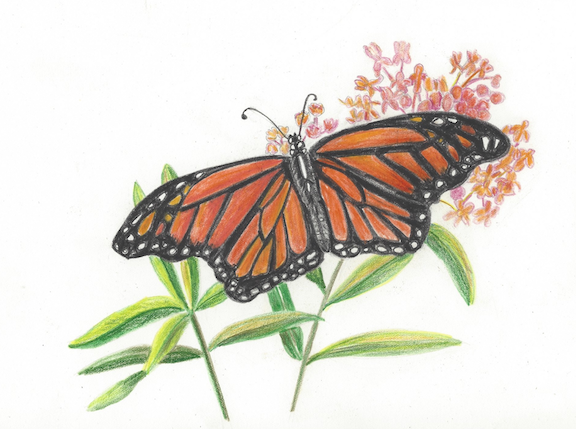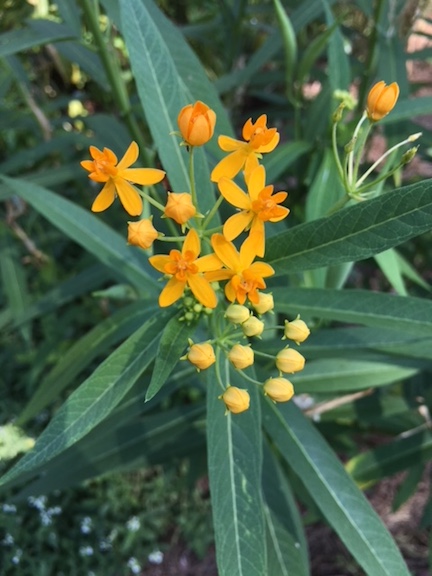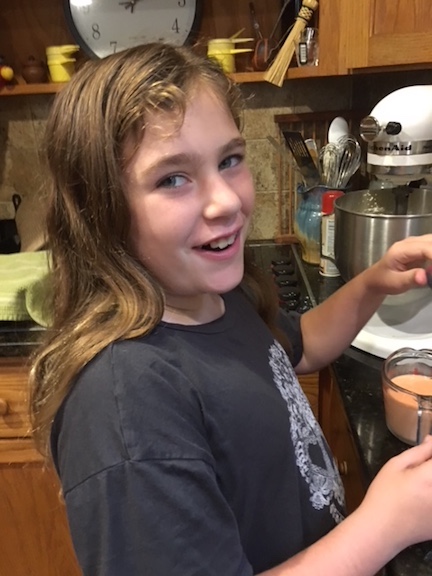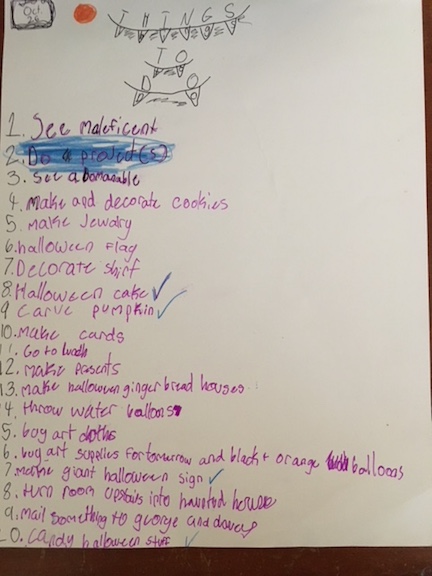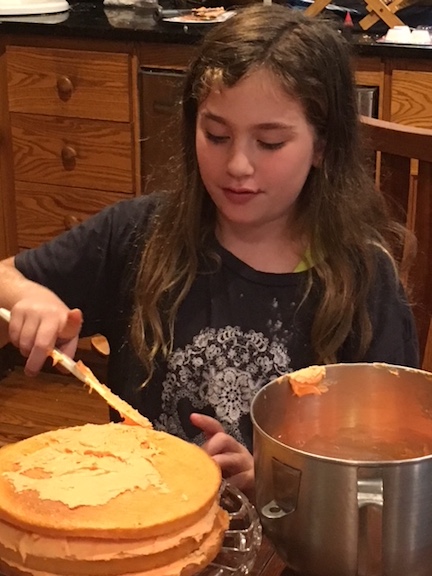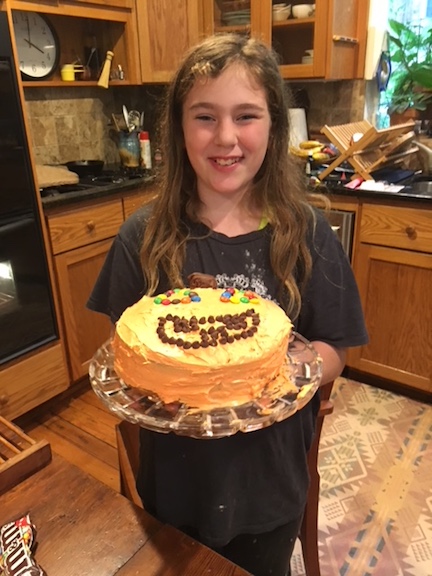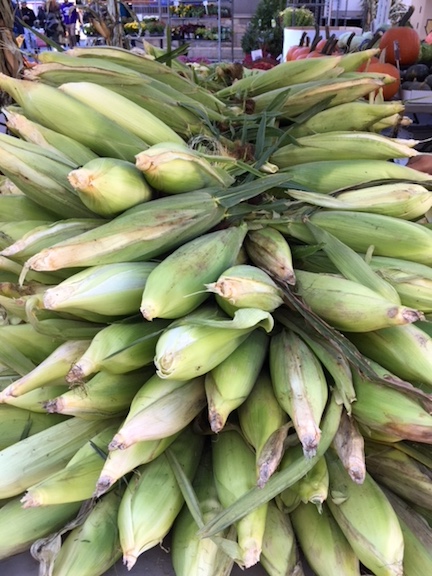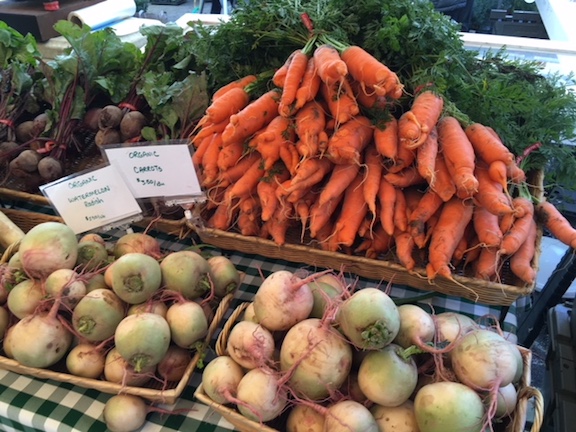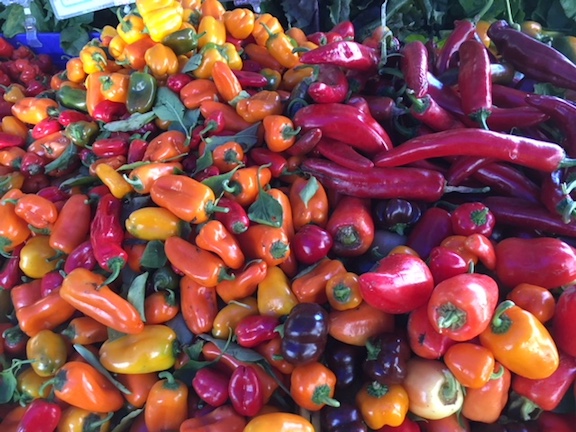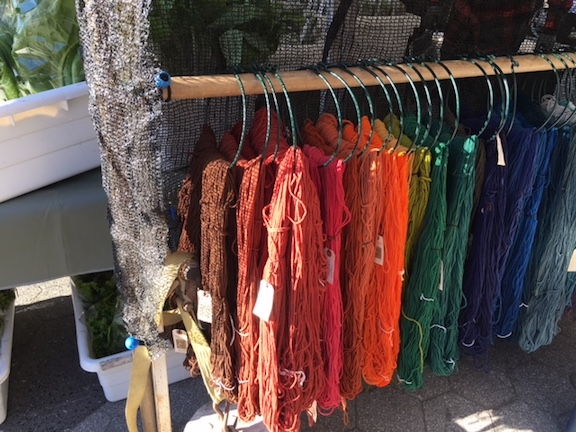There’s no such thing as a black thumb. Everyone can grow something! Of course when neglect is coupled with indifference, the results can be a little disheartening but the will to live in the plant world is nothing short of miraculous.
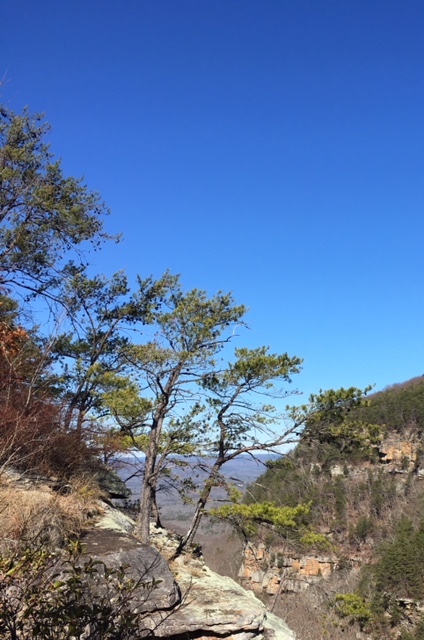
You see this in nature all the time. Trees grow in the cracks of a wall. Prickly Pear Cactus withstands temperatures that range from minus 50 in Canada to over 100 degrees F. in Mexico. Fireweed bursts forth in bloom after wildfires devastate a forest. No doubt about it, plants have a will to live that is awe inspiring.
I’m the first to admit that this Life Overdrive can sometimes be a little overwhelming. Look at an acre of kudzu and it’ll remind you of an Alfred Hictchcock movie. Try to keep weeds and moss from growing between the cracks of a stone pathway and you’ll have a never ending job on your hands.

Even inside, my houseplants show true grit in the face of an uncomfortably dry and warm environment. My mother’s aloe plant that I took when she died 13 years ago has grown so much that I’ve divided, replanted and given it away a dozen times. The cute little Norfolk Island Pine that I bought as a miniature table top Christmas tree four years ago is now taller than I am and presents a logistical terror as Jack and I haul that thing out in the summer then back indoors in the winter.
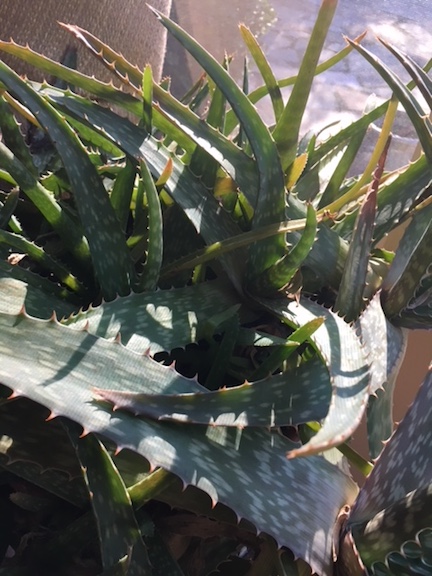
Plants, like people, show endless variation and have an infinite variety of growing needs. But most plants, like most people, really only have a few basic needs; a little bit of soil with enough nutrients to grow, light and water. That pretty much covers it in nature. Interrupt the natural cycle, though, by cultivating a plant in the garden or bringing it indoors and it’s now YOUR responsibility and you’ll need to add one more thing to the list: a little love and attention.
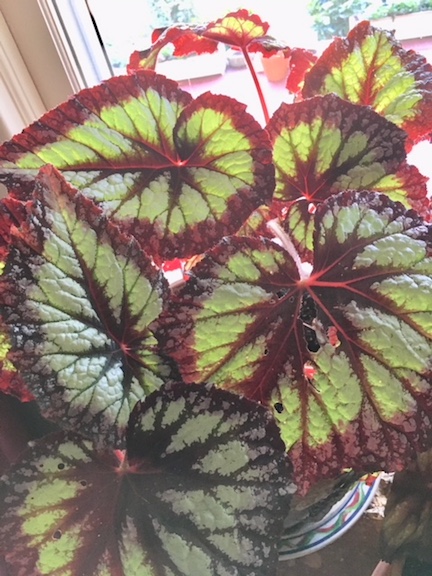
Shower your plants with love and attention, give them what they need to develop a good foundation, give them water when they’re thirsty and food when they’re hungry and sit back to watch them thrive. They will undoubtedly pay you back many times over with beauty and abundance.
P.S. This works with people too. Love to you all………


